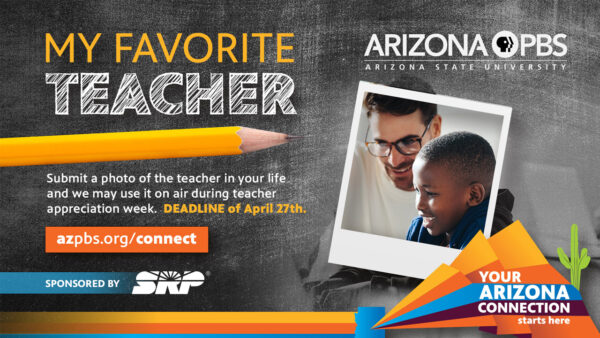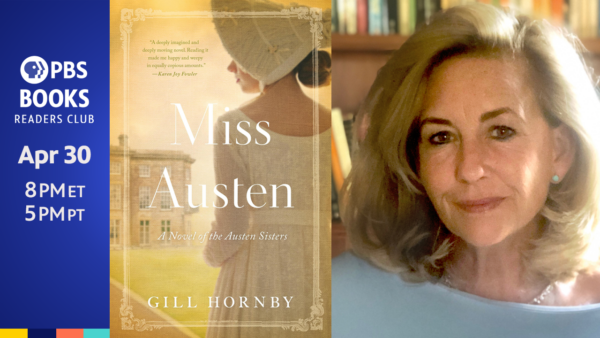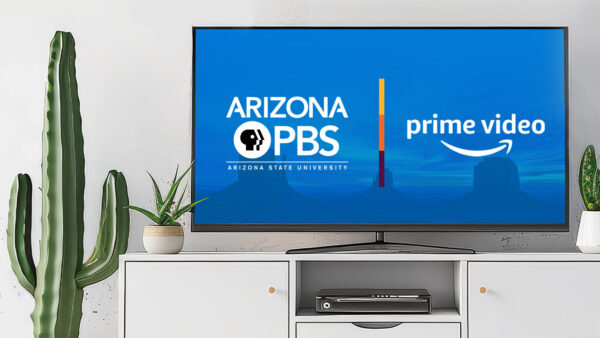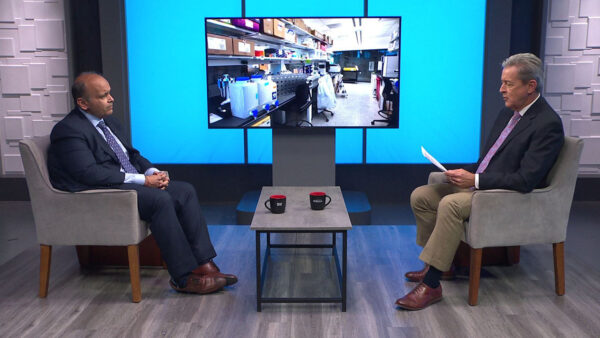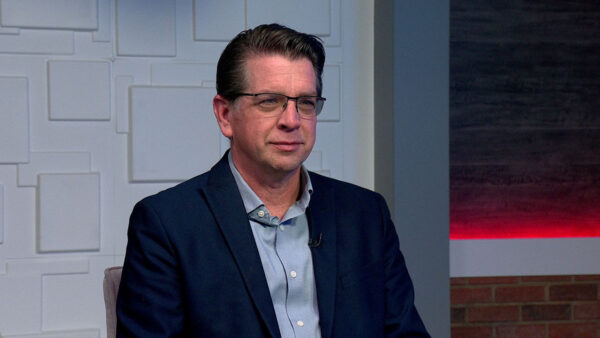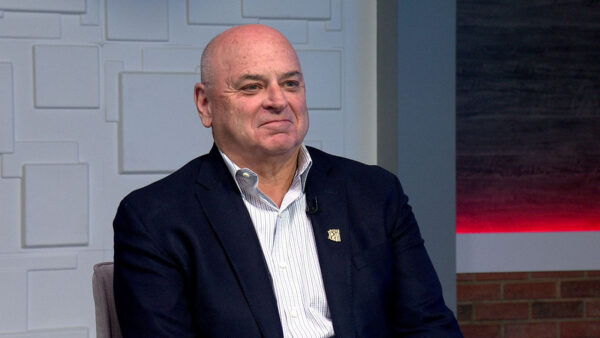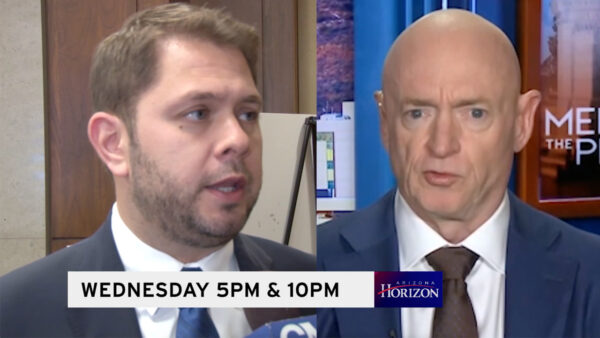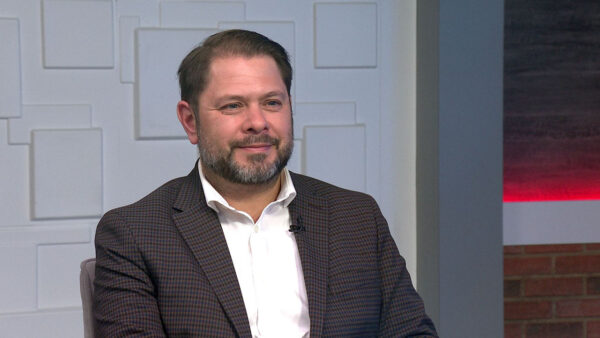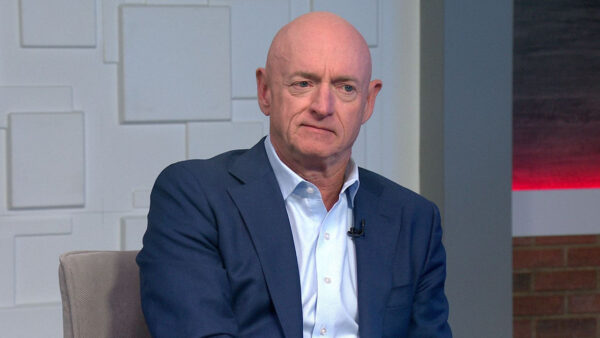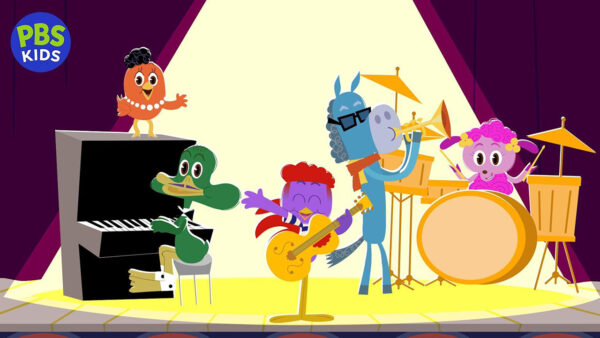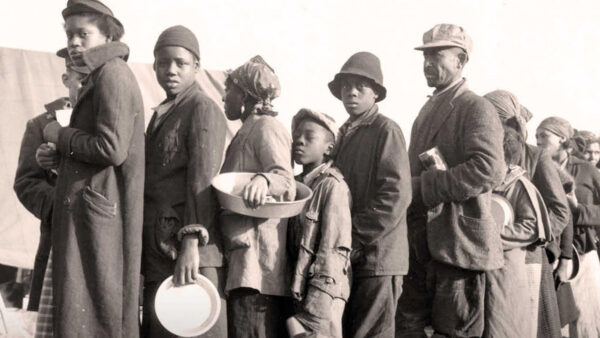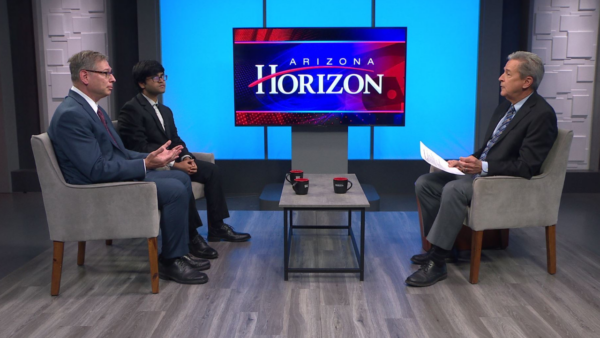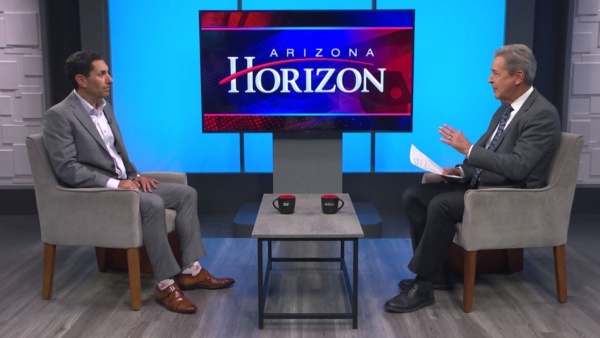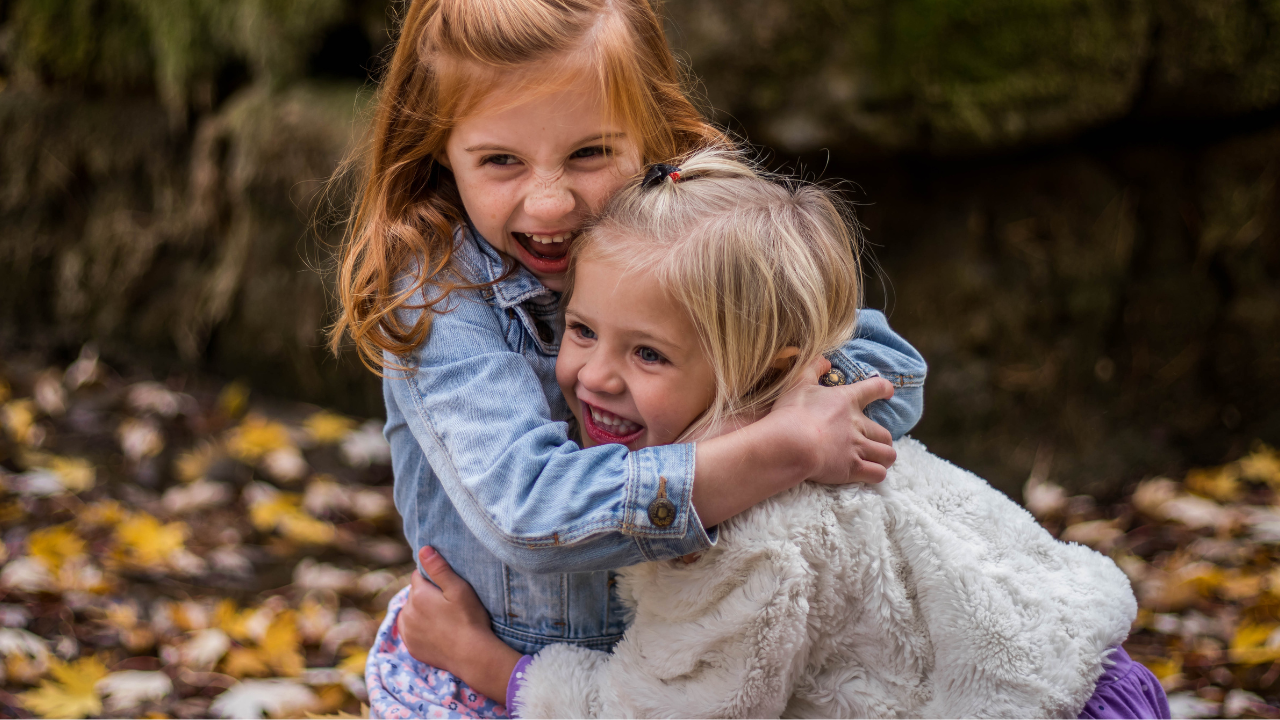
Help your child be a kind friend
Sept. 5, 2024
We moved across the country shortly before my oldest child entered first grade. As she waited at the bus stop on the first day of school, another child walked up and said, “Do you want to sit with me on the bus?”
Years later, my daughter still remembers that bus ride. It was a small kindness that made a big difference. And it didn’t happen by accident. When I turned to thank the girl’s mom, she shared that they had practiced the bus ride invitation together in advance. Her thoughtful parenting helped her child include others.
I remind my kids to look for others who might need a friend or a helping hand, particularly at the start of a new school year. I want to raise kids who include the child sitting alone at recess, smile at younger students in the hallway and include everyone. I also know that it takes practice. Teaching kids about friendship is a good place to start.
Here are four strategies to help our kids become more inclusive:
1. Put other children on their radar. Sometimes socially secure kids can forget that others might not feel the same way. Richard Weissbourd, Director of Harvard’s Making Caring Common project, said, “Almost all kids are kind to somebody and have empathy for somebody. The real work is getting them to be kind and empathetic to people outside of their immediate circle of concern.”
Noticing others is the first step to including them. I’ve found that kids are often quick to respond to gentle prompts such as:
- “Tell me about the new student in your class. Who are they playing with at recess?”
- “A new family just moved into the building. What should we do to welcome them?”
- “Hey, I notice that so-and-so is sitting alone. Think you could invite them to join your game?”
2. Teach kids how to include others. Social skills are teachable! Young children can benefit from role-playing what it looks like to reach out in a friendly way. When you meet someone new, you can:
- Smile at them. A smile can instantly make someone feel more welcome.
- Invite them to play or sit with you.
- Pay them a compliment. “Your drawing is beautiful.”
- Notice one thing you have in common. “You’re reading a book about animals. I like animals too.”
When my kids were preschoolers, I would remind them, “It’s nice to say, ‘Do you want to play?’ And if they say no, that’s OK!”
It’s also OK to try again later. Maybe the new student was too nervous to join the kickball game the first week but would join if you asked again. Or maybe they don’t like kickball, so you could ask, “What do you want to do at recess today?”
3. Talk about similarities and differences. Kids are curious and notice differences. When your kids wonder why someone looks, talks or acts differently than they do, take it as an opportunity to strengthen understanding.
Sometimes I’ll say to kids, “There are so many beautiful ways to be a person!” There are beautiful ways to look, learn, move and communicate. So let’s talk about it! Let’s read diverse picture books. Let’s introduce words with context that can help them understand themselves and their peers, such as autism, Down syndrome, dyslexia, cerebral palsy, epilepsy and ADHD. Let’s talk about why one friend wears noise-canceling headphones, and another needs an adult helper in the classroom. Let’s learn about the holidays our peers celebrate.
One day, my son came home from first grade and said, “A kid in my class has autism. That means he has a cool brain that works differently.” He rattled off some of the things his classmate liked (a video game) and disliked (loud noises). The teacher had led a thoughtful class meeting. Shortly after, these two boys became good friends, bonding over mutual interests.
“Daniel Tiger’s Neighborhood” provides examples of how kids can include their classmates in several episodes. In the “Daniel’s New Friend Max” episode, Daniel and his classmates make a new friend named Max. Max is autistic, and they learn about what that means and what he needs to feel comfortable. In the “Daniel Asks What Friends Like” episode, Daniel wants to high-five Katerina and is confused when she doesn’t want to high-five back. He learns that we like different things, and that’s OK! Watching both these episodes with your child, and talking about what happened, can help your child understand how different people have different needs, and that’s awesome.
4. Model kindness and inclusion. Our kids are always watching. They pay attention to how we treat others. They notice our comfort or discomfort in interacting with everyone we meet. My desire to raise kind kids has made me take a good look at myself. Do I know the neighbors’ names? Do I show genuine interest in their lives?
Last week, I took my son to meet someone new. “He’s two years younger than you and a little nervous about starting a new school,” I told him. “You remember what that’s like, right? So our mission is to make him feel super welcome.” The boys played at the park while the moms chatted. As we headed home, my son said, “He’s a nice kid! I think he’ll like it here.”
“And you’ll keep an eye out for him in the hallways?” I asked.
“Of course, Mom,” he said. In moments like these, I know that Fred Rogers had it right when he said, “There are three ways to ultimate success: The first way is to be kind. The second way is to be kind. The third way is to be kind.”
About the author
Deborah Farmer Kris is an education journalist, parent educator and the author of the “All the Time” picture book series and “I See You” board book series. Her bylines include PBS KIDS, NPR’s “Mindshift,” “The Washington Post,” the “Boston Globe Magazine” and “Oprah Daily.” She also spent 20+ years as a K-12 teacher and administrator. You can also find her at www.parenthood365.org
This article originally appeared on PBS Kids For Parents.

